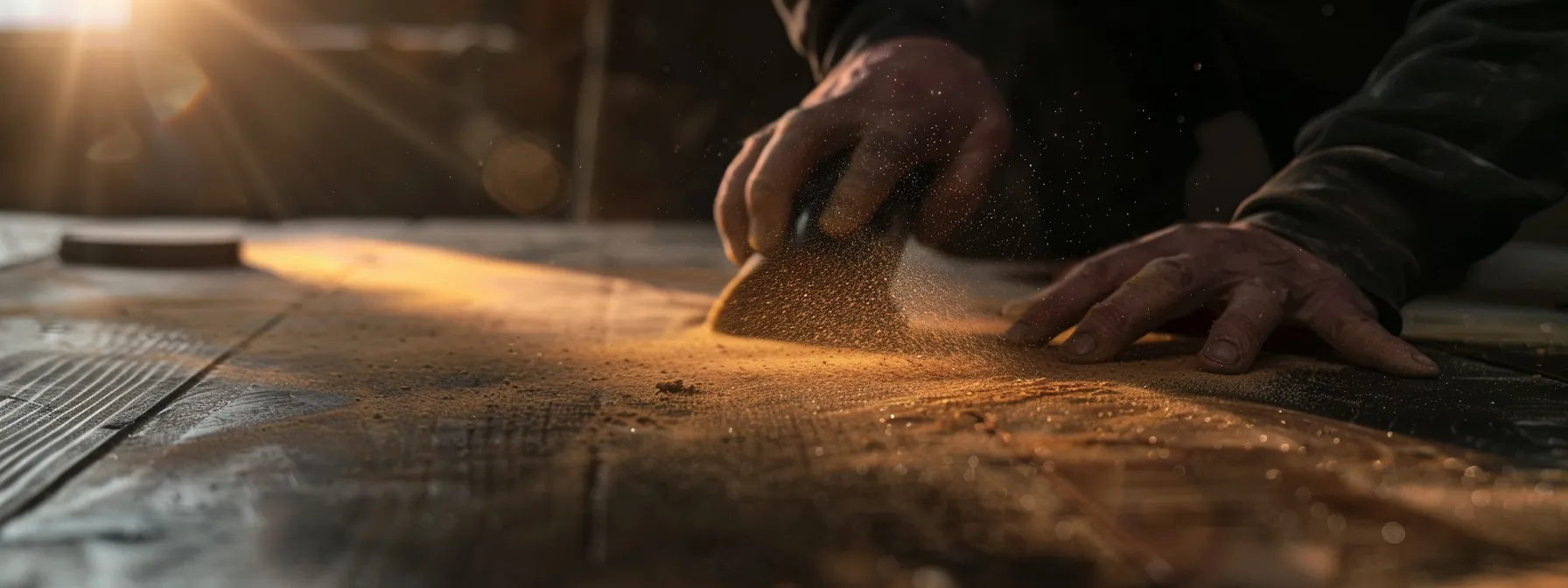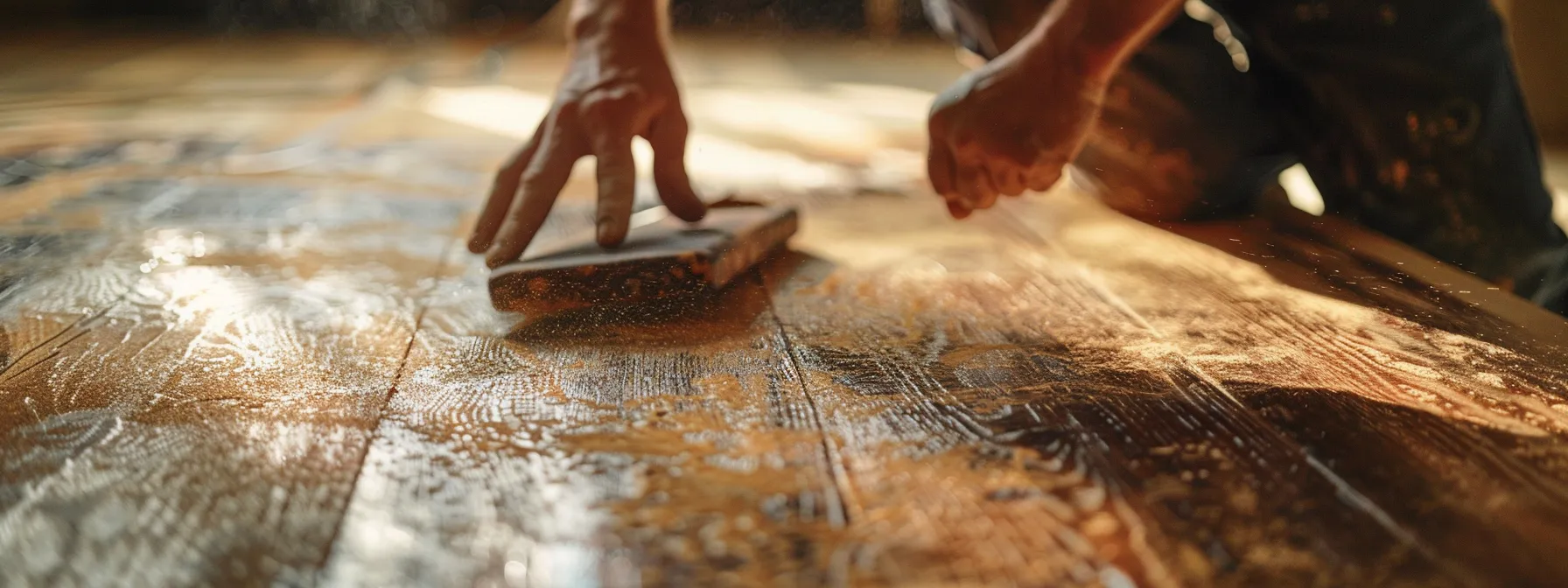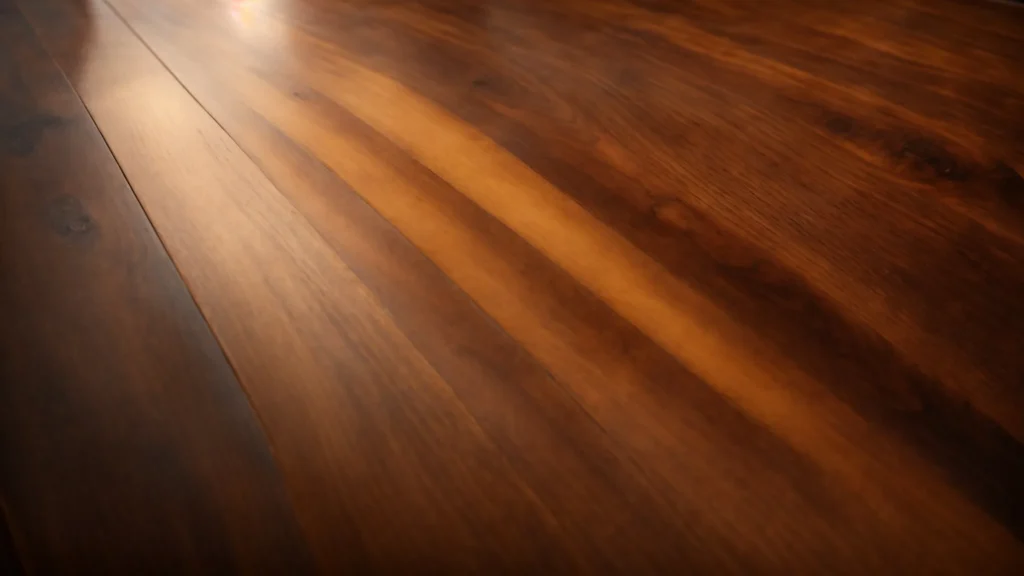The Ultimate Guide to Hardwood Wiping Wood Stain: Techniques and Tips for a Flawless Finish
Transforming the appearance of your hardwood items, whether it’s furniture or floors, can be as simple as applying a fresh stain. To achieve a flawless finish, it’s important to understand the characteristics of hardwood stains and the correct application techniques.
Understanding Hardwood Wiping Wood Stain: Benefits and Types
Selecting the right wood stain can elevate the aesthetic of your hardwood and provide multiple benefits. Hardwood wiping stains penetrate the surface, highlighting the wood’s natural grain and color variations. Unlike paints or thicker finishes, stains offer a more subtle, traditional appearance that complements the wood rather than obscuring it.
There are various types of hardwood stains available on the market, each designed to suit different project requirements and preferences. Oil-based stains are popular for their durability and ease of application. They penetrate deeply into the wood, providing rich color and long-lasting protection.
One exceptional choice for professional-grade results is the Hardwood Wiping Wood Stain. It’s formulated to be easy to apply and is capable of enhancing the natural charm of your hardwood without excessive buildup or streaking. Always test your chosen stain on an inconspicuous area or scrap piece of wood to ensure the color and finish meet your expectations before proceeding with the entire project.
Preparing Your Hardwood Surface for Staining

Preparation is key to achieving a flawless stain on your hardwood surfaces. Begin by cleaning the wood thoroughly. Any dust, dirt, or grease on the surface can prevent the stain from adhering properly, resulting in a patchy or uneven finish.
Next, sanding the wood is a critical step that cannot be overlooked. Start with coarser grit sandpaper and progress to finer grades for a smooth finish. Sanding opens up the wood’s pores, allowing the stain to penetrate evenly. It also removes any blemishes or previous finishes that may hinder the staining process.
For some woods with very open pores or uneven grain, it might be beneficial to use a pre-stain wood conditioner. This product helps to prime the surface, ensuring a more uniform absorption of the stain. Especially in woods like pine or birch, where blotchiness can be a problem, a pre-stain conditioner can make a significant difference in the resulting finish.
Application Techniques for Hardwood Wiping Wood Stain
Applying hardwood wiping wood stain is an art that requires attention to detail. Start by stirring the stain thoroughly before and occasionally during use to ensure that the color is consistent. Use a high-quality brush, cloth, or foam applicator to apply the stain in manageable sections.
Once the stain is applied, let it penetrate the wood for a few minutes as indicated by the manufacturer’s instructions. The duration will vary depending on the type of stain and the desired intensity of color. After the allotted time, use a clean cloth to wipe away excess stain, again working in the direction of the wood grain.
For a darker or richer color, you can apply multiple coats of stain. Allow the first coat to dry completely before applying a second coat. Be mindful that each additional coat will progressively darken the wood. It is best to apply thin coats rather than one thick coat, as this helps to maintain the transparency of the finish and reduces the likelihood of runs or drips.
Navigating Common Challenges With Hardwood Stains

Even with careful preparation and application, various challenges may arise when staining hardwood. Blotchiness, for instance, can occur when the wood absorbs too much stain in certain areas. To avoid this, always prepare the surface thoroughly and consider using a pre-stain conditioner.
Another common issue is streaks or lap marks, which typically occur when stain application overlaps with previously stained areas. To avoid these marks, maintain a wet edge by applying stain to large sections and blending the edges quickly and smoothly before the stain dries.
Uneven color depth is another challenge that can result when multiple coats of stain are not applied uniformly. Consistency is key, so be sure to apply the same number of coats across the entire surface. If you need to touch up or re-stain an area, feather the edges of the stained region into the surrounding wood to create a seamless transition.
Overall, a flawless finish on any hardwood surface involves a combination of informed product selection, meticulous surface preparation, careful application, and ongoing maintenance. By following these guidelines, you can achieve professional-grade results that will last a lifetime.








